|
| |
|
|
|
|
| 1 |
 |
612 R 922 C Why Do Volcanoes Erupt?
A volcano erupts when hot magma from inside the Earth reaches the surface. This happens because of the intense heat and pressure deep underground.
The Earth’s interior is made up of molten rock, called magma. This magma is stored in a magma chamber beneath the volcano. Sometimes, the pressure b...
|
|
VOCA
READING
BLOCK
ORDER
더빙연습 |
|
| 2 |
 |
624 R 947 C Why Do Earthquakes Happen?
Earthquakes happen when the Earth’s crust moves or collides. The Earth’s surface is made up of large pieces called tectonic plates, which slowly move all the time. Sometimes, these plates push against each other or slide past one another. When the pressure becomes too great, the plates suddenly ...
|
|
VOCA
READING
BLOCK
ORDER
더빙연습 |
|
| 3 |
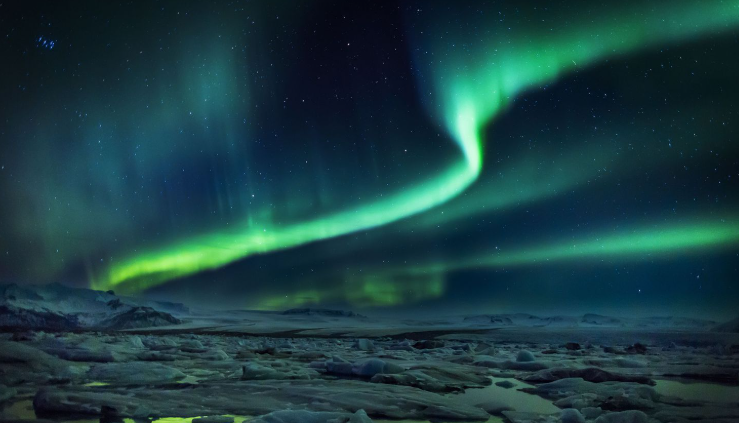 |
663 R 1025 C Why Do Auroras Appear?
Auroras are beautiful lights that appear in the sky near the North and South Poles. They happen when particles from the Sun collide with Earth’s atmosphere, creating glowing colors.
The Sun constantly releases charged particles, which travel through space as the solar wind. When these particles...
|
|
VOCA
READING
BLOCK
ORDER
더빙연습 |
|
| 4 |
 |
608 R 915 C The Cause of Deadly Tsunamis
Tsunamis are giant ocean waves that can destroy cities and flood coastal areas. These powerful waves form when an earthquake or volcanic eruption happens under the sea.
The ocean floor is made of large pieces called tectonic plates. Sometimes, these plates move suddenly, causing an underwater ear...
|
|
VOCA
READING
BLOCK
ORDER
더빙연습 |
|
| 5 |
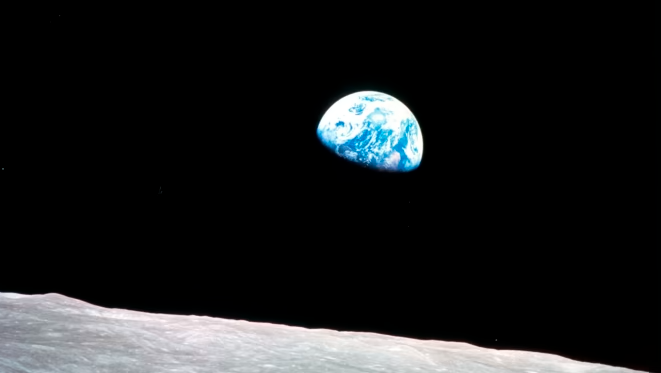 |
632 R 963 C Proof That the Earth Is Round
Long ago, people wondered if the Earth was flat or round. Over time, many proofs showed that the Earth is actually a sphere. Two strong pieces of evidence come from exploration and the Moon’s shadow.
In the 16th century, a sailor named Ferdinand Magellan and his crew sailed around the world. Th...
|
|
VOCA
READING
BLOCK
ORDER
더빙연습 |
|
| 6 |
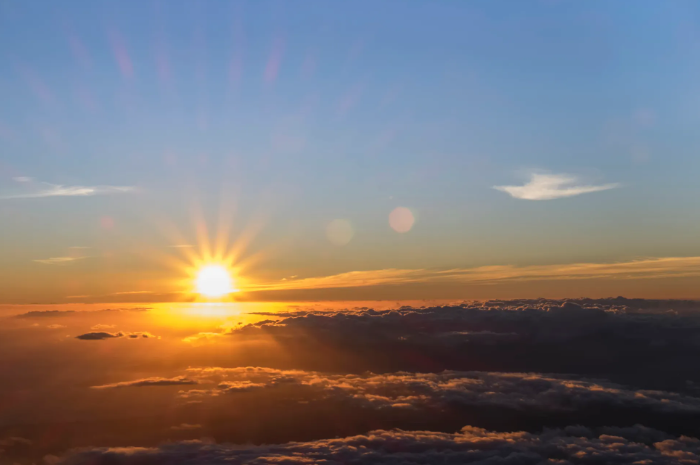 |
590 R 878 C Why Does the Sun Rise and Set?
Every day, the Sun rises in the east and sets in the west. It looks like the Sun is moving across the sky, but in reality, it is the Earth that is moving. The Sun appears to rise and set because the Earth is rotating on its axis.
The Earth spins once every 24 hours. As it turns, different parts o...
|
|
VOCA
READING
BLOCK
ORDER
더빙연습 |
|
| 7 |
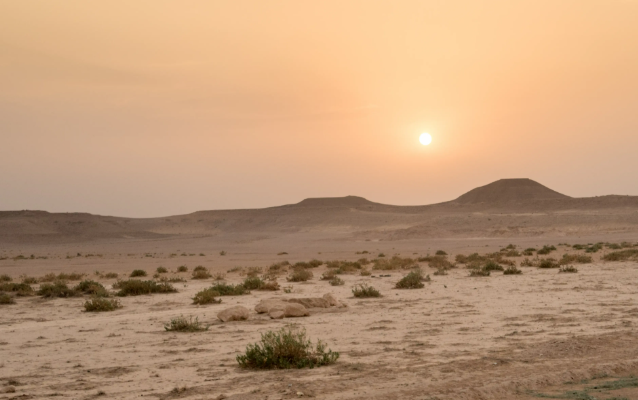 |
563 R 825 C Why Do Deserts Form?
Deserts are dry and sandy places with very little rain. They form in areas where almost no water reaches the ground. Without rain, plants cannot grow well, and only sand and rocks remain.
Most deserts are found in places where dry winds blow and push away clouds. Without clouds, there is no rain,...
|
|
VOCA
READING
BLOCK
ORDER
더빙연습 |
|
| 8 |
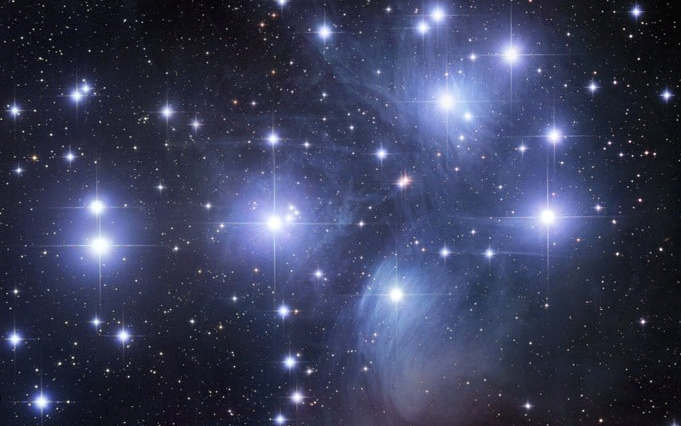 |
610 R 919 C Why Do Stars Twinkle?
When we look at the night sky, the stars seem to twinkle. However, stars do not actually change their brightness. They appear to twinkle because of the way Earth’s atmosphere affects their light.
The light from a star travels a long distance through space before reaching Earth. As it enters our...
|
|
VOCA
READING
BLOCK
ORDER
더빙연습 |
|
| 9 |
 |
782 R 1263 C What Is the Deepest Ocean on Earth?
The deepest part of the ocean is the Mariana Trench, located in the Pacific Ocean. It reaches a depth of about 11 kilometers, which is deeper than Mount Everest is tall. If you dropped Mount Everest into the trench, its peak would still be more than 2 kilometers underwater.
At the bottom of the t...
|
|
VOCA
READING
BLOCK
ORDER
더빙연습 |
|
| 10 |
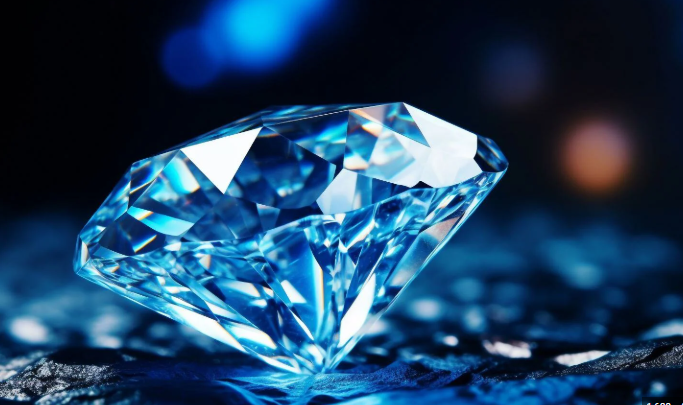 |
627 R 952 C How Is Diamond, Harder Than Metal, Formed?
Diamonds are one of the hardest materials on Earth. They are made deep underground, where extreme pressure and heat change carbon into crystals.
Diamonds form about 150 to 200 kilometers below the Earth's surface. At these depths, temperatures reach over 1,000°C, and the pressure is extremely hi...
|
|
VOCA
READING
BLOCK
ORDER
더빙연습 |
|
| 11 |
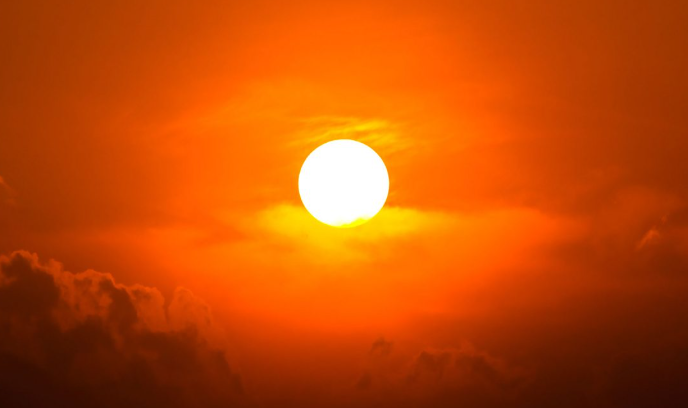 |
731 R 1160 C Will the Sun Disappear One Day?
The Sun will not shine forever. In about 5 billion years, it will slowly change and eventually become a white dwarf, a small, dim star.
Right now, the Sun is a main-sequence star, burning hydrogen to produce energy. As it ages, it will run out of hydrogen fuel. When this happens, the Sun will exp...
|
|
VOCA
READING
BLOCK
ORDER
더빙연습 |
|
| 12 |
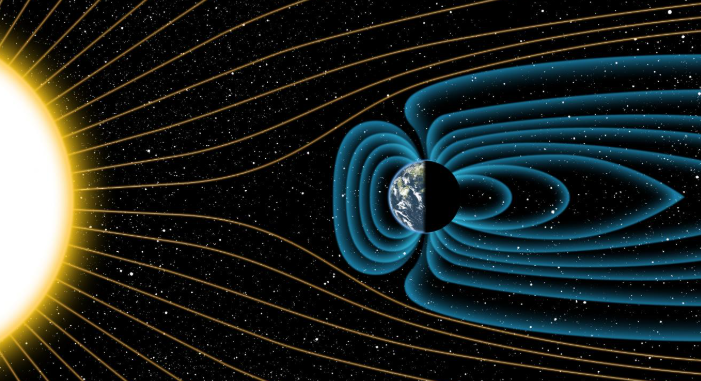 |
862 R 1423 C Why Does Earth Have a Magnetic Field?
Earth has a magnetic field that protects us from harmful space radiation. This invisible shield is created by the movement of liquid metal deep inside the planet.
At Earth’s center, there is a solid iron core surrounded by a layer of liquid iron and nickel. As the Earth rotates, this hot, swirl...
|
|
VOCA
READING
BLOCK
ORDER
더빙연습 |
|
| 13 |
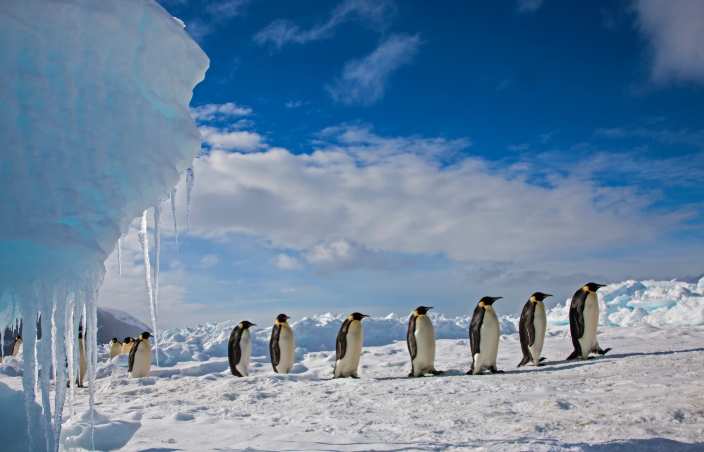 |
817 R 1332 C Why Are the North and South Poles Always Frozen?
The North Pole and South Pole are the coldest places on Earth. They stay frozen because they do not receive much heat from the Sun. This happens because sunlight reaches them at a slanted angle instead of shining directly.
Near the equator, the Sun is high in the sky, and its light is strong. How...
|
|
VOCA
READING
BLOCK
ORDER
더빙연습 |
|
| 14 |
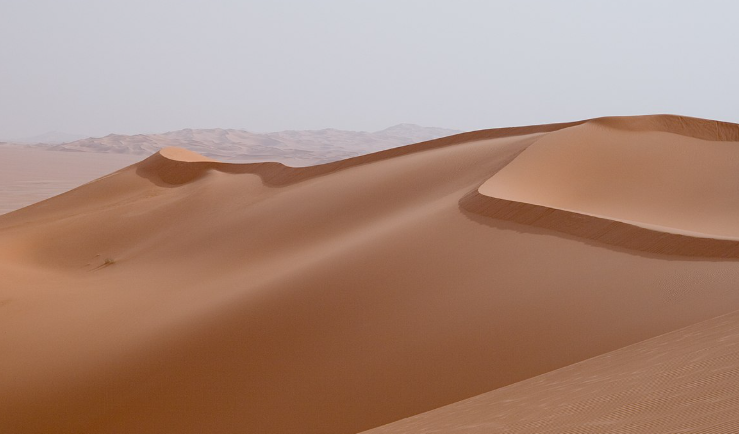 |
795 R 1288 C How Is Sand Made?
Sand is made when rocks break down into tiny grains over a long period of time. This happens because of water, wind, and temperature changes that slowly wear away the surface of rocks.
When rainwater enters small cracks in a rock, it can freeze and expand, causing the rock to break apart. Rivers ...
|
|
VOCA
READING
BLOCK
ORDER
더빙연습 |
|
| 15 |
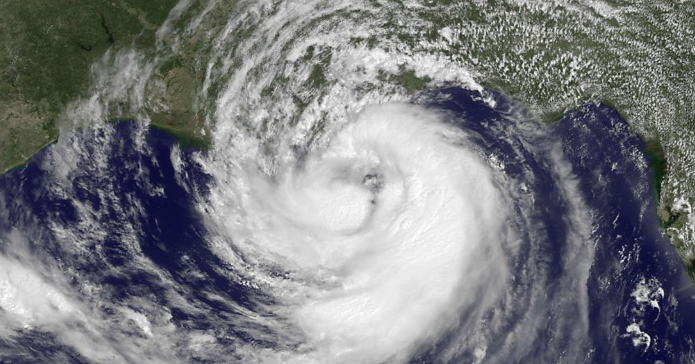 |
860 R 1419 C What Is the Difference Between a Typhoon and a Hur...
Typhoons and hurricanes are the same weather phenomenon, but they have different names depending on where they occur. In the Pacific Ocean, they are called typhoons, while in the Atlantic Ocean, they are called hurricanes.
Both typhoons and hurricanes form over warm ocean waters. As warm, moist a...
|
|
VOCA
READING
BLOCK
ORDER
더빙연습 |
|
| 16 |
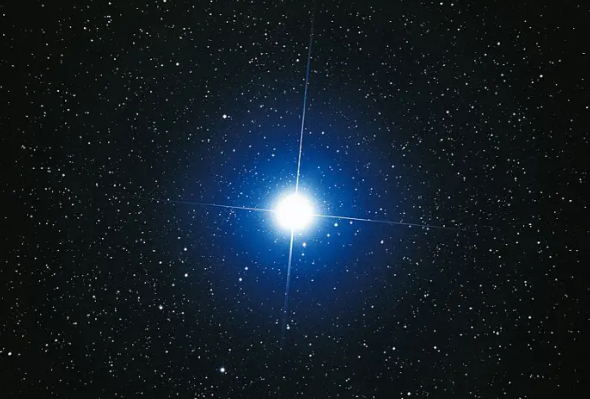 |
787 R 1273 C The Brightest Star in the Night Sky
Sirius is the brightest star in the night sky. It is part of the Canis Major constellation. People call it the "Dog Star" because it belongs to the Great Dog. Sirius shines so brightly because it is very close to Earth. It is only 8.6 light-years away. This makes it one of the nearest stars to our p...
|
|
VOCA
READING
BLOCK
ORDER
더빙연습 |
|
| 17 |
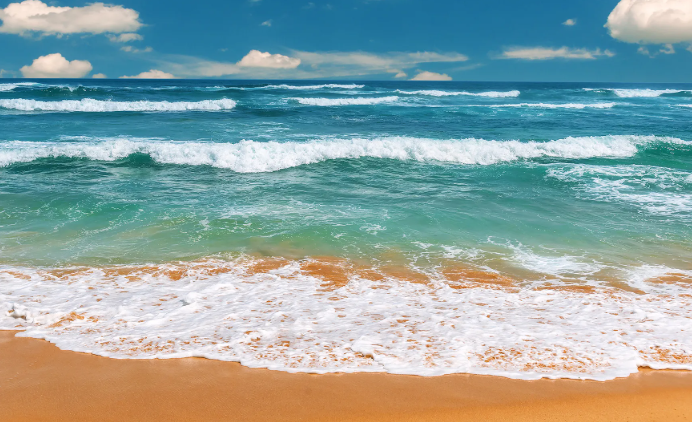 |
843 R 1384 C Why Do Tides Happen?
The ocean is always moving. Sometimes, the water level rises and covers the shore. Other times, it lowers and reveals more land. This movement is called the tide. The high water is called high tide, and the low water is called low tide. Tides happen because of the Moon’s gravity.
The Moon pulls...
|
|
VOCA
READING
BLOCK
ORDER
더빙연습 |
|
| 18 |
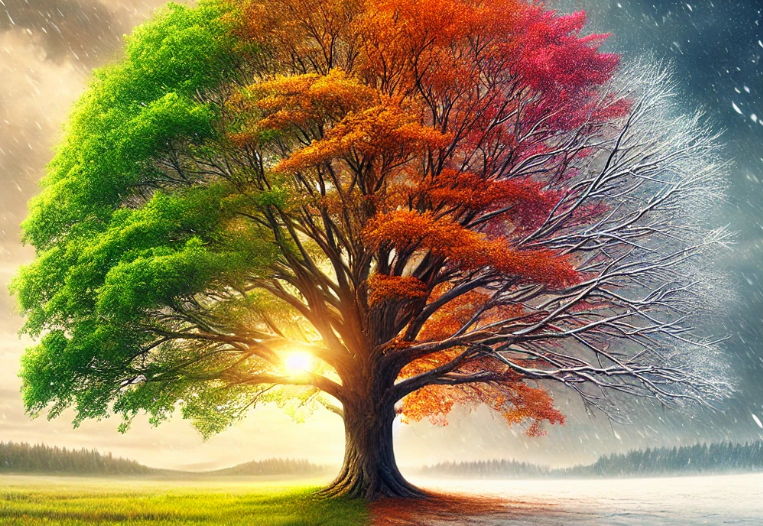 |
888 R 1474 C Why Do Seasons Change?
Seasons change because Earth is tilted as it orbits the Sun. Earth’s axis is tilted at an angle of 23.5 degrees. This tilt causes different parts of Earth to receive different amounts of sunlight throughout the year.
As Earth moves around the Sun, the Northern and Southern Hemispheres take turn...
|
|
VOCA
READING
BLOCK
ORDER
더빙연습 |
|
| 19 |
 |
805 R 1308 C Are Shooting Stars Real Stars?
A shooting star looks like a bright streak in the night sky. It flashes for a moment and then disappears. Many people think it is a real star falling, but that is not true. A shooting star is not a star at all. It is actually a small space rock burning in Earth's atmosphere.
These space rocks are...
|
|
VOCA
READING
BLOCK
ORDER
더빙연습 |
|
| 20 |
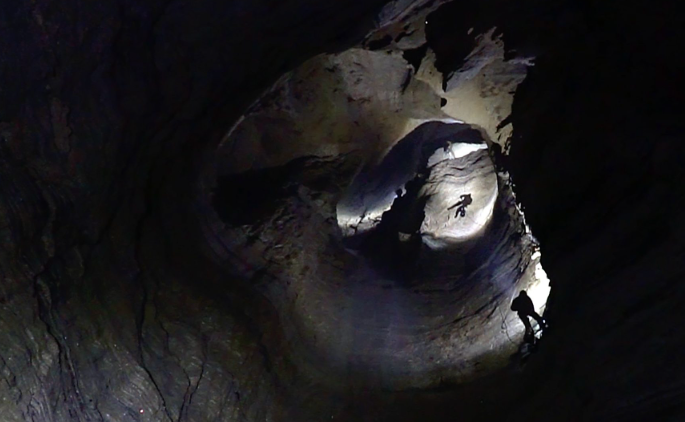 |
798 R 1294 C The Deepest Cave on Earth
Deep underground, hidden from sunlight, lies the deepest cave on Earth. It is called Veryovkina Cave, and it is over 2,000 meters deep. This cave is located in Georgia, a country in Eastern Europe. It is part of the Arabika Massif, a mountain region known for its deep caves.
Veryovkina Cave was f...
|
|
VOCA
READING
BLOCK
ORDER
더빙연습 |
|
| 21 |
 |
798 R 1295 C Does Air Have Weight?
Air is invisible, and we do not feel its weight. But air does have weight. Even though we cannot see it, air is made of tiny particles. These particles have mass, and together, they create weight. We can measure the weight of air using air pressure.
Air pressure is the force that air applies to o...
|
|
VOCA
READING
BLOCK
ORDER
더빙연습 |
|
| 22 |
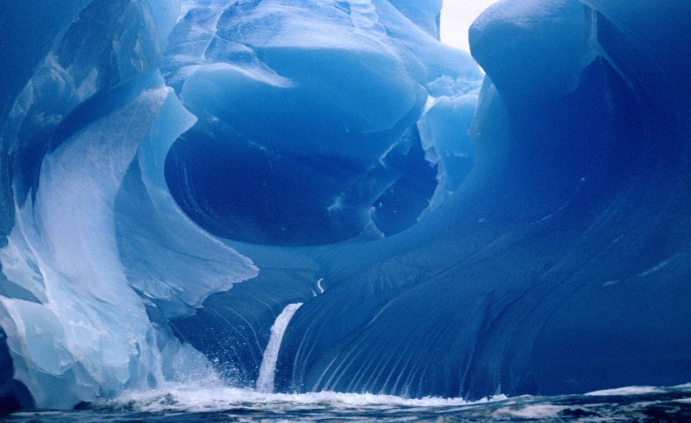 |
808 R 1315 C A Hidden Lake Beneath the Ice
Deep beneath the thick ice of Antarctica, there is a hidden world. Scientists have discovered massive lakes trapped under the ice. These lakes are as large as seas and have been sealed away for millions of years. The largest of them is Lake Vostok, which lies under 4,000 meters of ice.
Lake Vosto...
|
|
VOCA
READING
BLOCK
ORDER
더빙연습 |
|
| 23 |
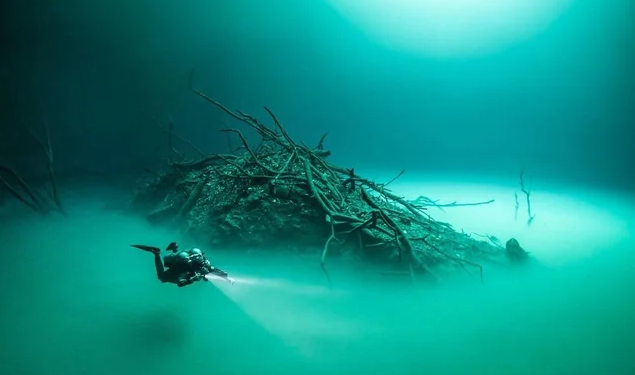 |
766 R 1231 C Do Rivers Flow Under the Sea?
It may seem strange, but rivers can flow under the ocean. These underwater rivers form because of differences in salinity (salt levels) in the water. When seawater with different salt concentrations meets, the denser, saltier water sinks while the fresher water stays on top. This creates a separate ...
|
|
VOCA
READING
BLOCK
ORDER
더빙연습 |
|
| 24 |
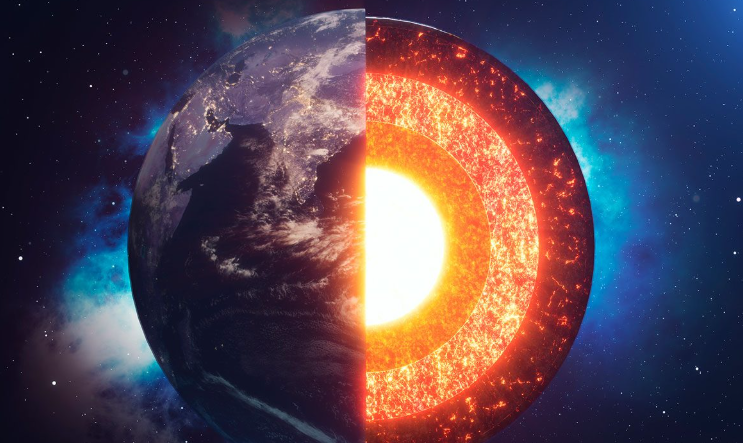 |
782 R 1262 C What Is Earth’s Core Made Of?
Deep beneath Earth’s surface lies its core, the hottest and densest part of the planet. Scientists believe Earth’s core is mostly made of iron and nickel. These metals exist in an extremely hot, liquid state.
Earth’s core has two layers: the outer core and the inner core. The outer core is ...
|
|
VOCA
READING
BLOCK
ORDER
더빙연습 |
|
| 25 |
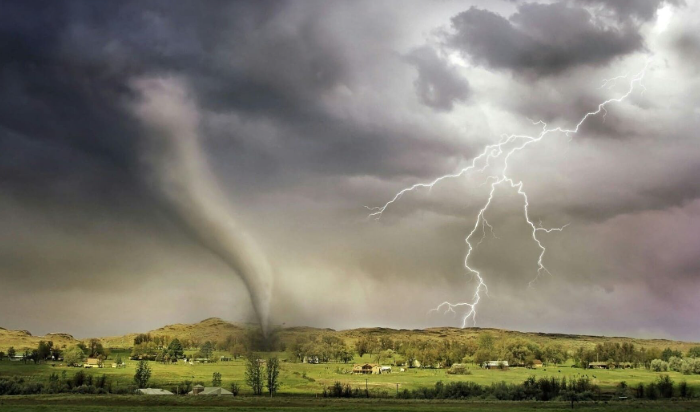 |
793 R 1285 C How Fast Is the Strongest Wind on Earth?
Winds on Earth can be very strong, but the fastest winds ever recorded come from tornadoes. In extreme cases, tornado winds can reach speeds of over 135 meters per second (480 km/h). This is powerful enough to lift cars, destroy buildings, and uproot trees.
The fastest wind ever measured on Earth...
|
|
VOCA
READING
BLOCK
ORDER
더빙연습 |
|
| 26 |
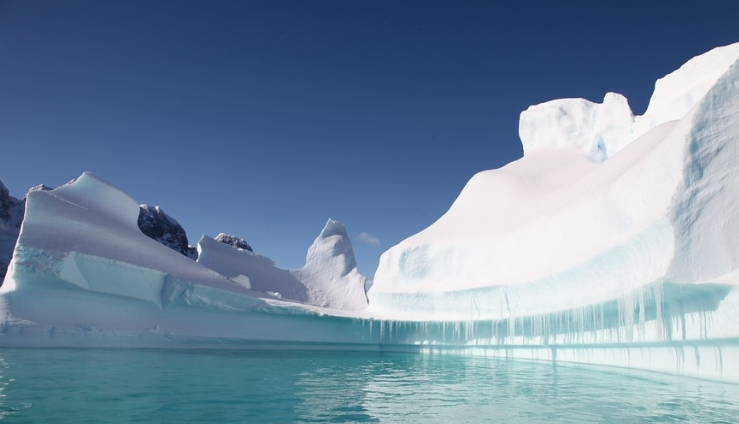 |
820 R 1339 C Which Is Colder, the North Pole or the South Pole?...
The South Pole is much colder than the North Pole. While both places are extremely cold, Antarctica, where the South Pole is located, has the lowest temperatures on Earth. The average temperature in Antarctica is around -57°C, while the North Pole’s average temperature is warmer, around -18°C in...
|
|
VOCA
READING
BLOCK
ORDER
더빙연습 |
|
| 27 |
 |
777 R 1252 C How Fast Does Earth Rotate in a Day?
Earth is always spinning, even though we do not feel it. The speed of Earth’s rotation is about 460 meters per second (1,670 km/h) at the equator. This means that in one day, Earth completes one full spin on its axis.
Earth’s rotation speed is not the same everywhere. At the equator, it moves...
|
|
VOCA
READING
BLOCK
ORDER
더빙연습 |
|
| 28 |
 |
774 R 1246 C What Happens to Water Without Gravity?
On Earth, gravity pulls water downward, making it flow into rivers, lakes, and oceans. But in space, where there is no gravity, water behaves very differently. Instead of falling or spreading out, water forms floating spheres.
This happens because of surface tension. Water molecules stick togethe...
|
|
VOCA
READING
BLOCK
ORDER
더빙연습 |
|
| 29 |
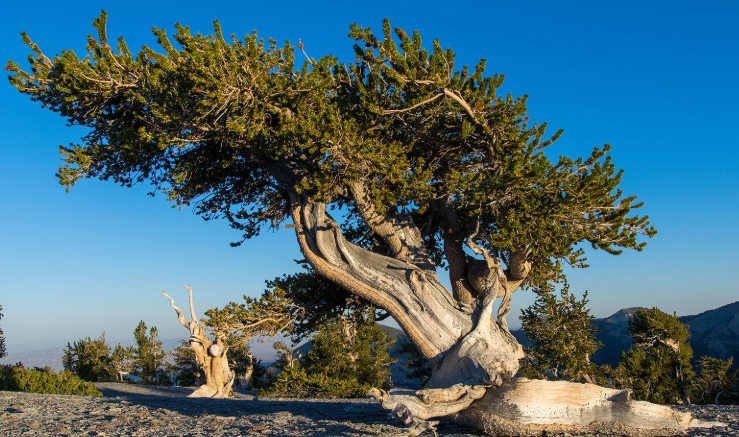 |
748 R 1194 C How Old Is the Oldest Tree on Earth?
The oldest tree in the world is a Bristlecone pine that is about 4,800 years old. This ancient tree, named Methuselah, is located in the White Mountains of California, USA. It has survived thousands of years in a harsh environment with strong winds, poor soil, and little rain.
Bristlecone pines g...
|
|
VOCA
READING
BLOCK
ORDER
더빙연습 |
|
| 30 |
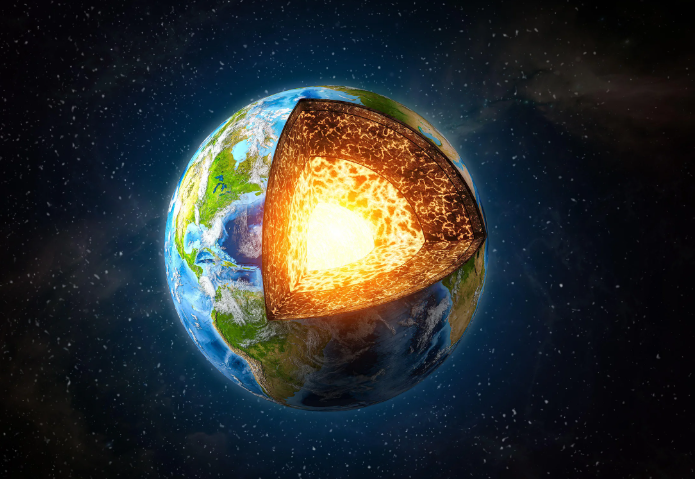 |
788 R 1274 C How Hot Is Earth’s Core?
Deep beneath our feet, Earth’s core is as hot as the surface of the Sun. Scientists estimate that the temperature at Earth’s center reaches about 6,000°C.
Earth’s core is divided into two layers: the outer core and the inner core. The outer core is made of liquid iron and nickel. This molt...
|
|
VOCA
READING
BLOCK
ORDER
더빙연습 |
|
| 31 |
 |
787 R 1273 C What Is the Biggest Waterfall on Earth?
When we think of waterfalls, we usually imagine tall cliffs with water rushing down. However, the biggest waterfall on Earth is actually under the ocean! It is called the Denmark Strait Cataract, and it is located between Greenland and Iceland. This underwater waterfall is 3.5 kilometers (3,500 mete...
|
|
VOCA
READING
BLOCK
ORDER
더빙연습 |
|
| 32 |
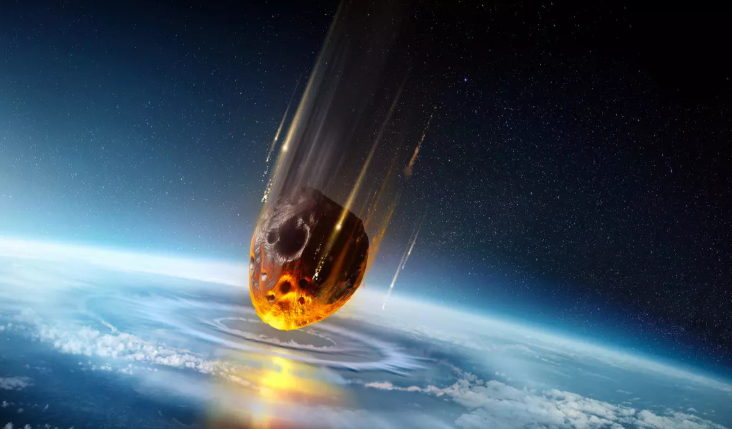 |
812 R 1322 C What Happens If a Meteorite Falls into the Ocean?
Every day, small meteorites enter Earth’s atmosphere. Most of them burn up before reaching the ground. But what if a large meteorite falls into the ocean?
If a big enough meteorite crashes into the sea, it can create a tsunami. The impact causes massive waves to spread out, just like throwing a...
|
|
VOCA
READING
BLOCK
ORDER
더빙연습 |
|
| 33 |
 |
769 R 1236 C How Far Does Air Extend?
Earth’s atmosphere does not suddenly end—it gradually becomes thinner as you go higher. However, scientists consider the boundary between Earth's atmosphere and space to be about 100 km above the surface. This boundary is called the Kármán Line. Beyond this point, the air is so thi...
|
|
VOCA
READING
BLOCK
ORDER
더빙연습 |
|
| 34 |
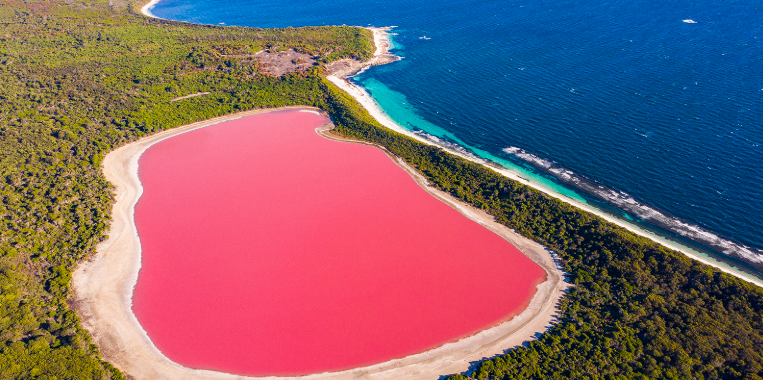 |
786 R 1271 C Why Are Some Lakes Pink?
Some lakes around the world have a beautiful pink color. Unlike regular blue lakes, these pink lakes look like something from a dream. But why do they turn pink? The answer lies in microorganisms and salt.
Many pink lakes have high salt levels, similar to seawater or even saltier. In these salty ...
|
|
VOCA
READING
BLOCK
ORDER
더빙연습 |
|
| 35 |
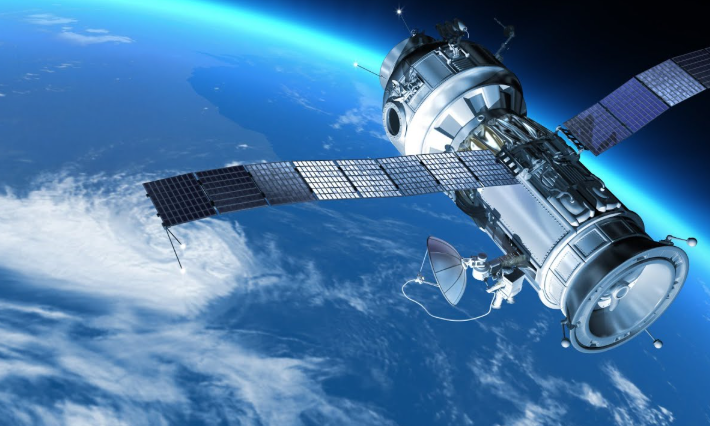 |
861 R 1421 C How Do Satellites Orbit Earth?
Satellites stay in orbit around Earth because of a balance between gravity and speed. Earth’s gravity pulls the satellite inward, while the satellite’s velocity (speed and direction) keeps it moving forward. This balance allows the satellite to continuously fall toward Earth without actually hit...
|
|
VOCA
READING
BLOCK
ORDER
더빙연습 |
|
| 36 |
 |
849 R 1396 C The Melting Glaciers and Our Earth
Glaciers are large masses of ice that have existed for thousands of years. They are found in the Arctic, Antarctica, and high mountains. But because of climate change, many glaciers are melting. This can cause serious problems for our planet.
One big problem is rising sea levels. When glaciers me...
|
|
VOCA
READING
BLOCK
ORDER
더빙연습 |
|